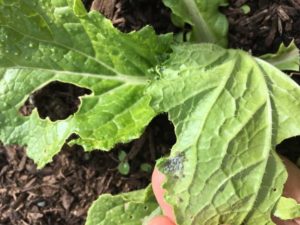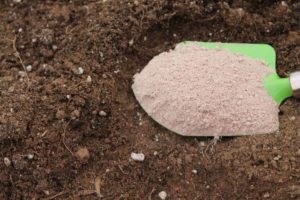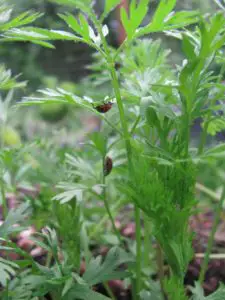If you grow your own raspberries, you will need to know how to trim raspberry bushes. Raspberries are luscious and delicious fruit. They have many health properties and are rich in vitamins and minerals.
There is nothing nicer than dipping into a bowl of sweet, juicy raspberries grown in your own garden. They are relatively easy to grow, but the secret to successfully cultivating them is knowing how to trim raspberry bushes, and when to cut back your plants, in order for your bushes to keep on producing new fruit.
When to Trim Raspberry Bushes
The best time to prune raspberries is right at the beginning of spring, as new branches are starting to develop. This will help to prevent the stems from getting intertwined with each other and will ensure a bountiful crop of fruit.
It is easier to trim your raspberries if you have the correct tools. You should use hand shears for those canes that are within easy reach, and lopping shears for those further away. They must be very sharp, in order to give a clean cut that does not damage or cause trauma to the canes. Remember to wear gloves, because most varieties have sharp thorns.
It is advisable to prune either early in the morning or in the late afternoon. This will prevent the cut surfaces from drying out too much in the midday sun.
How to Trim Raspberry Bushes in the Spring
There are different methods recommended for different varieties when considering how to trim raspberry plants. For the red, gold, and purple varieties, the following guidelines should be observed in order to get the most out of your raspberry bushes.
Trim your canes down to a height of between 4 ft and 5 ft. Try to get all your canes to more or less the same height. This will prevent them from getting tangled with each other and will help them to produce more fruit. Canes that are dead will have a dark gray appearance. These should be cut right to the ground. (Do not be tempted to remove these during the summer fruiting season, as they provide support for the healthy canes.)
During the following weeks, continue to cut back any small, thin canes that are not doing well. This will give the stronger canes more space to develop to their full potential.
Black raspberry plants grow in a different formation, so the method of trimming, or pruning, is a little different.
The tips of new shoots should be cut off when the canes reach a height of 3 ft. Doing this will discourage them from growing straight upwards, and they will be more likely to spread out sideways. These side branches should be trimmed regularly, keeping them to a maximum length of about 10 to 12 inches. This will help the bush to produce a better and more plentiful crop.
At the end of the harvesting period, remove all the old dead canes and thin out the remaining canes if the bushes are too thick. This will encourage new growth.
With both methods of pruning, it is important to cut at a slight angle. This will allow the stems to recover quickly and easily from the pruning.
By now your raspberry bushes should be strong and healthy, and new fruit should be appearing. It is at this stage that you should consider spraying your plants. This will prevent diseases and will enable you to enjoy a bumper crop of raspberries.








